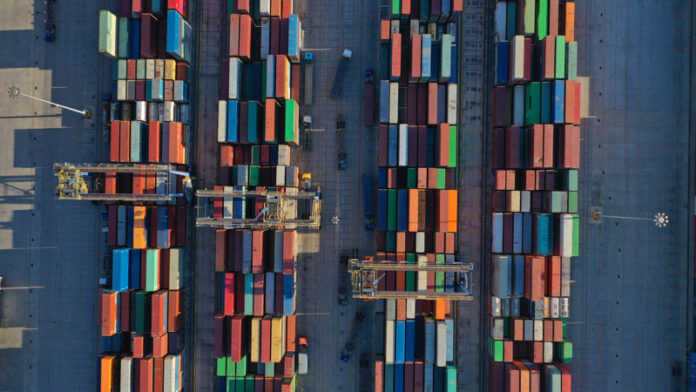Lunar New Year (LNY) begins today (29 January), and as manufacturing and logistics have slowed down in the past week or so, ex-China ocean rates – that had climbed earlier during the pre-holiday rush – have also eased.
Asia-Europe prices started climbing earlier than usual this year as shippers on these lanes accommodate longer transit times around Africa, and this planning ahead may mean not much of a backlog will need clearing just after the holiday. For the Transpacific though, rates may rebound somewhat in mid-February, but for all these lanes prices should ease into the typical ocean freight slow season by late February.
Transpacific rates to the West Coast have dipped by 17% since mid-January and Asia-Europe prices are 25% lower than just a few weeks ago, but at about US$5,000/FEU and US$4,000/FEU respectively, these rates are still more than double 2019 levels as continued Red Sea diversions absorb capacity across the market.
And though the six-week phase one Israel-Hamas ceasefire is into its second week and the Houthis have paused attacks on passing vessels so far, carriers – with some limited exceptions – will not take steps to resume Red Sea traffic until they are convinced there will be long-term quiet.
The anticipation of Trump administration tariff hikes will likely cause continued frontloading until tariffs are rolled out which will keep ocean volumes and rates to the US higher than they otherwise would be in the first quarter and possibly into the second quarter depending on the timing of the increases. This pull-forward could also be felt in lower volumes and rates after tariffs are introduced.
The president has continued to indicate he will introduce 25% tariffs on Canada and Mexico on 1 February. But his use of tariff threats as leverage for non-trade related demands as seen this week with Colombia’s repatriation of US deportees leaves open the possibility that other tariffs could be called off as well. Canada and the European Union announced they will introduce retaliatory tariffs if they are targeted by the White House which could be detrimental to US exports, and other nations are likely to do the same.
Ocean carriers are prepared to roll out their new alliances on Saturday (1 February), with the Hapag-Lloyd and Maersk Gemini Cooperation launching a hub and spoke model that they say will deliver 90% schedule reliability to shippers.
Despite some previous reports of a recent air cargo e-commerce volume slump, indications are that the surge continues though demand and rates have eased from the December peak season bump. Freightos Air Index rates of about US$5.60/kg from China to the US and US$3.25/kg to Europe, show prices have come down from their respective US$7.00/kg and US$6.00/kg peaks but remain highly elevated relative to norms for this time of year due largely to e-commerce demand.
The use of expensive air cargo for low-value e-commerce goods is mainly driven by de minimis exceptions that exempt many small imports from customs filing costs and duties. But changes set in motion by the Biden Administration – as well as Trump’s interest in closing the loophole – could bar a large share of Chinese goods from using de minimis within a few months, which could have a significant impact on air cargo volumes and rates on this lane.
This article was written by Judah Levine, Head of Research at Freightos







